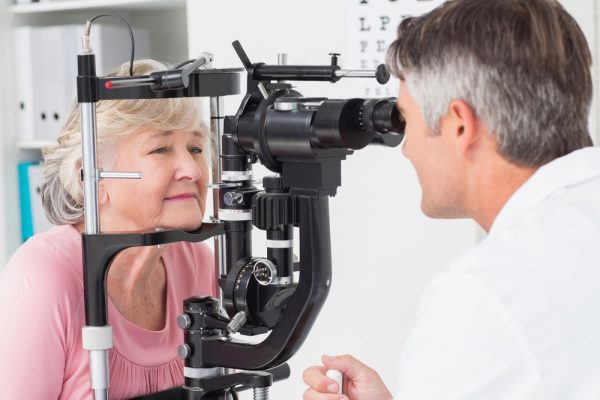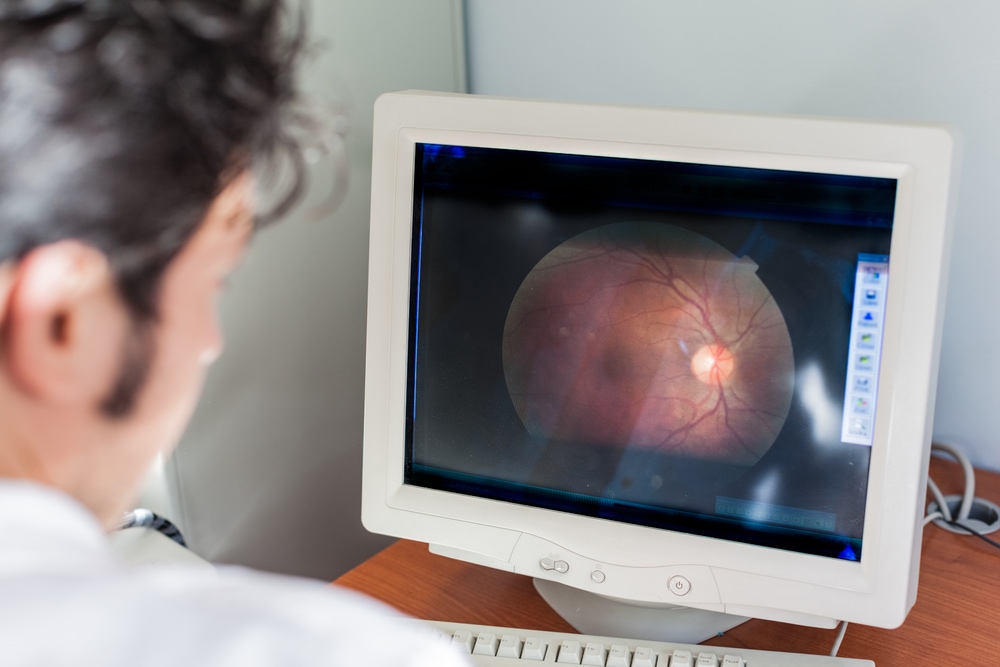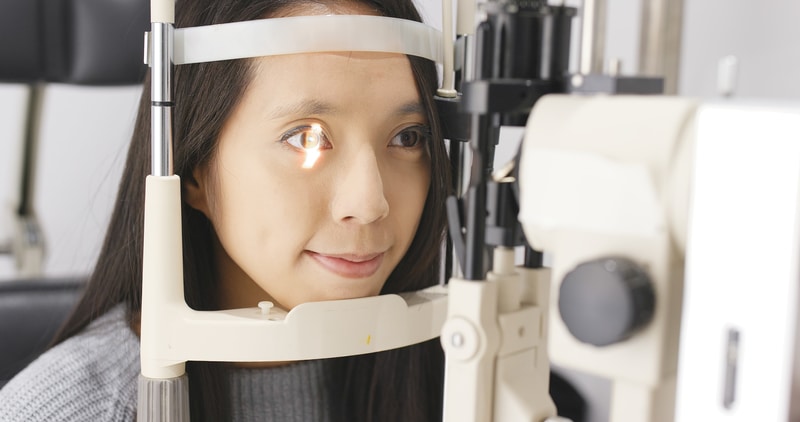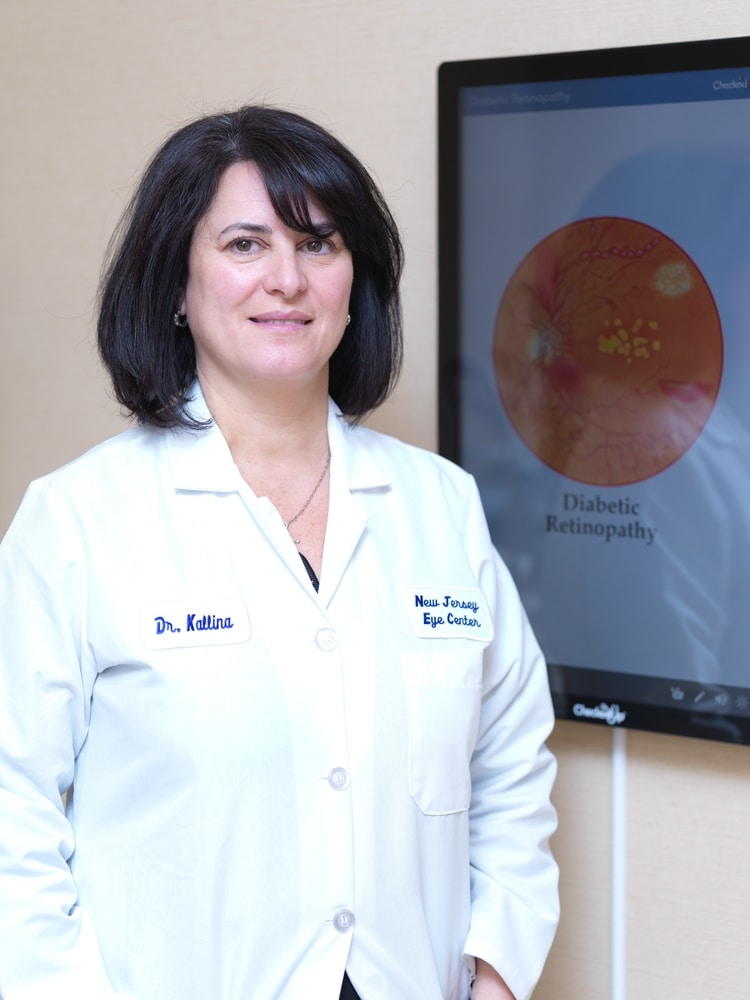
Interested in learning how to keep diabetic retinopathy under control and even reversing it? Diabetic retinopathy causes are complex, but understanding them is important if you want to control the disease.
By Dr. Alain Bauza
Diabetic retinopathy causes
Diabetic retinopathy (DR) occurs when uncontrolled blood sugar leads to lack of blood flow and oxygen to the retina. This leads to blood vessel changes that can ultimately cause vision changes, some of which are irreversible.
There are 2 main types of DR: Nonproliferative refers to the early stage of DR, where the blood vessels begin to change due to lack of blood flow. The vessels become weaker and small vessels begin to form in the retina that leak fluid into it. There are 3 stages of Nonproliferative DR: mild, moderate, and severe. These relate to the extent to which blood sugar is uncontrolled.
Proliferative DR is abnormal blood vessel formation that puts the eye at risk of sudden massive bleeding. This is known as vitreous hemorrhage. Retinal detachment (tears in the tissue at the back of the eye) can also occur. The eye is also at a higher risk of developing other complications like blindness or glaucoma. This typically requires aggressive management with a combination of treatments including injections, laser treatment, and surgery.
Interested in learning how to keep diabetic retinopathy under control and even reversing it? Diabetic retinopathy causes are complex, but understanding them is important if you want to control the disease.
By Dr. Alain Bauza
Diabetic retinopathy causes
Diabetic retinopathy (DR) occurs when uncontrolled blood sugar leads to lack of blood flow and oxygen to the retina. This leads to blood vessel changes that can ultimately cause vision changes, some of which are irreversible.
There are 2 main types of DR: Nonproliferative refers to the early stage of DR, where the blood vessels begin to change due to lack of blood flow. The vessels become weaker and small vessels begin to form in the retina that leak fluid into it. There are 3 stages of Nonproliferative DR: mild, moderate, and severe. These relate to the extent to which blood sugar is uncontrolled.
Proliferative DR is abnormal blood vessel formation that puts the eye at risk of sudden massive bleeding. This is known as vitreous hemorrhage. Retinal detachment (tears in the tissue at the back of the eye) can also occur. The eye is also at a higher risk of developing other complications like blindness or glaucoma. This typically requires aggressive management with a combination of treatments including injections, laser treatment, and surgery.







